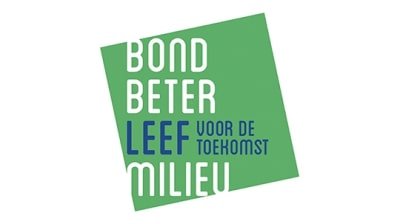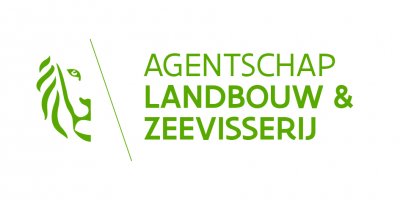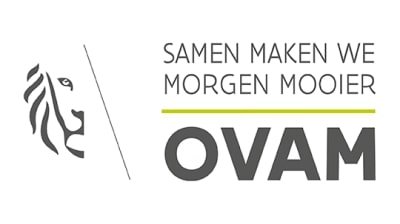Topics
We organise our actions in six thematic & strategic agendas:
Strategic Agendas:
Bio-economy
Circular Construction
Chemicals/Plastics
Manufacturing Industry
Food Chain
Water Cycles
Seven leverages provide additional support:
Leverage effects:
Lever Policy Instruments
Lever Circular Procurement
Lever Communication
Lever Innovation & Entrepreneurship
Lever Financing
Lever Jobs & Skills
Lever Research
What, why and how?
Why are we pursuing a circular economy?
Future visions 2050
How do we see our circular future?
About our management
Who steers what at Flanders Circular?
Stepping stone towards a circular city
Sustainable building materials from steel slag and CO2
The aim of "Step Stone to a Circular City" was to demonstrate new, sustainable building materials in the urban environment of Ghent. The technology chosen was Carbstone technology. In this technology, building materials are produced by the reaction of waste materials with CO2 and thus without the use of cement. In our project, we chose to make Carbstone clinkers for the construction of a footpath. In this way, many people would come into contact with the new material.
As a raw material, we chose local steel slag from Arcelor Mittal Gent, supplemented with carbinox and stinox. These are fractions of stainless steel slag from the process of Orbix, a company that, among other things, develops sustainable materials and technologies for the construction sector.
In a first step, all raw materials were examined and thoroughly characterised. Subsequently, using lab and pilot tests, the recipe was fine-tuned to meet the technical requirements of a standard concrete clinker (according to EN 1338). Once the optimal recipe was defined at lab scale, it was further adapted for large-scale production at Orbix in a series of production runs. Finally, they produced 110 m² of Carbstone clinkers with which were used to build a new footpath for the Arteveldehogeschool in Leeuwstraat (Ghent).
Stadsbestuur van Gent
Partners VITO, Orbix, Peter Stouthuysen, Universiteit Gent
Sectors
Themes
Organisations
Website
MOST IMPORTANT
RESULTS
- Carbstone clinkers are produced from 100% steel slag, without the use of cement. However, they have the same technical properties as standard concrete clinkers.
- The Carbstone clinkers have a much lower environmental impact than concrete clinkers. An LCA analysis showed that Carbstone clinkers capture net CO2, in contrast to standard concrete clinkers that have a large ecological footprint.
- The clinkers also meet all requirements in terms of environmental health. OVAM therefore issued a resource statement for the laying of the pavement: the clinkers could be laid, there is no negative impact on the environment.
- The laying of the Carbstone footpath in Ghent received a lot of attention in the trade press.
MOST IMPORTANT
LESSONS LEARNED
- The current method of public procurement, with its firmly established use of Standard Specifications 250, is an effective brake on the introduction of innovative building materials.
- Stapsteen confirms that demo projects are crucial for building confidence for the market introduction of an innovative building product. By going into co-creation with the end-user, key market needs become clear and challenges are targeted.
- Co-creation is very important. Each partner or external party has its own expertise, expectations and language. It is crucial for the success of a demo project to align these expectations and language.
- For products that are introduced in a highly regulated framework, it is important that the government creates a framework in which a demo project can take place and risks can be absorbed.
WHAT DOES
THE FUTURE HOLD?
The project "stepping stone to a circular city" fits within the municipal policy for 'circular economy Ghent'. The City of Ghent aims at systemic development and implementation of a circular economy through the realisation of new value chains for the reuse of waste and material flows in the Ghent economy. Living labs like Stepping stone are very important for social acceptance.
















